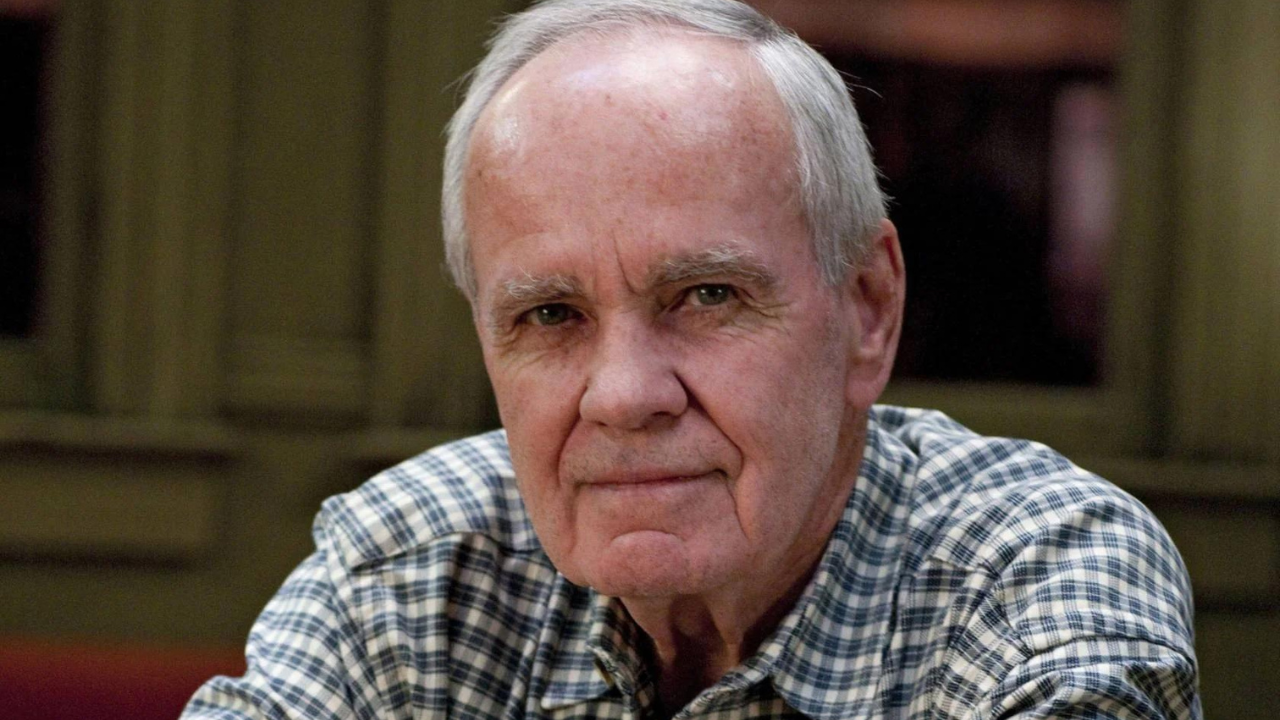
Cormac McCarthy is known for his stark, sparse prose, which serves not only to define his style but also to heighten the tension in his narratives. This minimalism is particularly effective in two of his most celebrated novels, 'The Road' and 'No Country for Old Men.' Both books employ a stripped-down form of storytelling that leaves much unsaid, yet powerfully evokes the harsh landscapes and tense atmospheres within which the stories unfold.
Also Read: The Complex Relationship Between Leo Tolstoy and His Masterpiece War and Peace
The Economy of Words
McCarthy’s writing is a study in the economy of words. He uses simple, direct language, eschewing the use of quotation marks for dialogue and often ignoring conventional punctuation. This creates a streamlined, almost blunt narrative that forces the reader to focus intensely on the unfolding action and dialogue without the usual textual signposts. This lack of verbosity is not an absence of detail, however, but a distillation of it, where every word works hard to contribute to the building sense of tension and foreboding.
The Road – A Bleak Landscape as a Character
In 'The Road,' the sparse writing style mirrors the bleak, post-apocalyptic landscape the characters traverse. The novel tells the story of a father and his young son walking through a burned America, with nothing but a pistol to defend themselves against bands of cannibalistic marauders. McCarthy’s descriptions are laconic and factual, yet the economy of his language serves to amplify the bleakness and despair of the environment. Each sentence is packed with meaning, each word carefully chosen to reflect the desolation and hopelessness of the world they inhabit.
The minimalist style means that much of the emotional and narrative weight is carried by what McCarthy chooses to leave out. This evokes a profound sense of mystery and ambiguity, as the reader is compelled to fill in the blanks, pondering the backstory and the fate of the wider world. The tension arises naturally from the stark reality the characters face, their dialogue sparse and fraught with the effort of survival.
No Country for Old Men – Silence and Violence Intertwined
'No Country for Old Men' is another excellent study of how McCarthy’s minimalist prose enhances tension. The novel is set in the desert landscape of West Texas and follows the catastrophic chain of events that unfold when a man stumbles upon the scene of a drug deal gone wrong and makes off with a suitcase full of cash. As in 'The Road,' the setting is integral to the story, a character in its own right, depicted in McCarthy’s signature terse style.
McCarthy’s sparse dialogue and descriptive brevity serve as a backdrop to the violence that punctuates the novel. The silence of the desert, the isolation of the characters, and the sudden bursts of violence create a jarring contrast that is both disconcerting and gripping. The minimalism in character development and dialogue means that the reader’s focus is kept laser-sharp on the action and the moral decisions of the characters. This not only builds tension but also immerses the reader in the stark realities of the choices the characters make.
The writing style in 'No Country for Old Men' creates a sense of inevitability and fatalism, with the laconic conversations between characters often serving to underscore the themes of destiny, morality, and the human condition. Each word carries weight, and the silence between the words is filled with meaning and foreboding.
Read More: 10 Books With Unforgettable Opening Scenes That Hook You From the Start
Cormac McCarthy’s minimalist writing style is not merely a stylistic choice but a powerful narrative tool that enhances the tension in his novels. In 'The Road' and 'No Country for Old Men,' this style reflects the harsh landscapes and tense atmospheres, making the settings resonate as characters in their own right. The sparse prose forces readers to engage actively with the text, filling in the silences with their fears and expectations, and becoming co-creators in the storytelling process.

